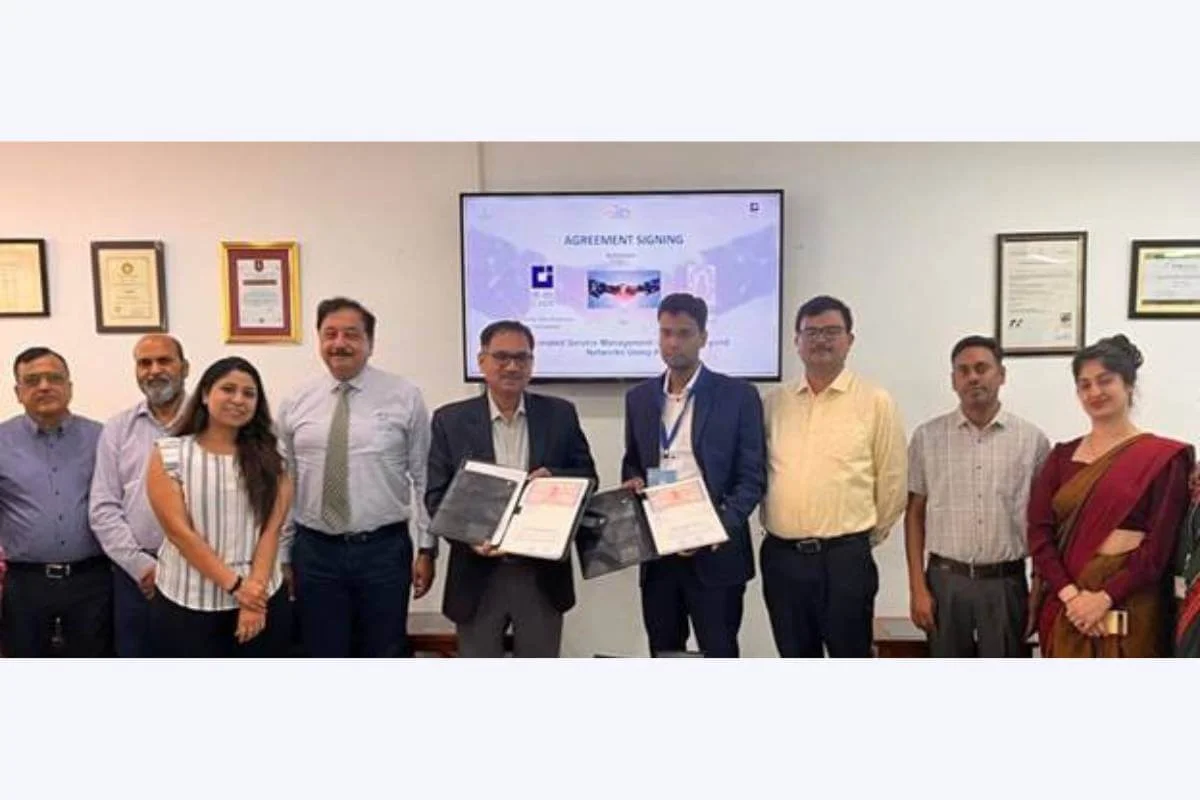
C-DOT, the telecom R&D center of the Department of Telecommunications (DoT), and the Indian Institute of Technology, Jodhpur (IIT-J) signed an agreement for automated service management in 5G and beyond networks using AI.
The agreement has been signed under the Telecom Technology Development Fund (TTDF) of the DoT, which is designed to provide funding support to domestic companies and institutions involved in the technology design, development, and commercialization of telecommunication products and solutions to enable affordable broadband and mobile services in rural and remote areas.
Also Read: C-DOT Signs Consortium Agreement for Disaggregated 5G Radio Access Network Solution
AI Frameworks for Network Automation
The primary objective is to develop AI frameworks for automated network management, fault detection, and diagnostic techniques by utilizing continuous information generated within the network, such as 5G.
Real-Time Testbed for Innovation
The service will establish a real-time 5G and beyond testbed (in compliance with O-RAN) for the demonstration of the developed automated network management and slicing techniques in conjunction with specific application use cases such as smart metering, remotely operated vehicles, etc., the Ministry of Communications said in a press release on Tuesday.
Sai Kiran, MPR, Associate Professor at IIT Jodhpur, said, "The R&D grant received from the DoT will fuel advanced research and development initiatives aimed at revolutionizing network management and improving Quality of Service (QoS) in 5G and 6G telecom networks. By leveraging cutting-edge AI technologies, our team will spearhead the creation of automated network management solutions that ensure low-latency and high-reliability performance, enabling the growth of new 5G and 6G application verticals such as remotely operated vehicles, smart cities, etc."
Also Read: C-DOT and IIT Kharagpur Partner to Develop Next-Gen Broadband Technology
C-DOT and IIT Jodhpur reiterated that the successful completion of this project will enable new use cases in the areas of transportation systems, smart cities, and allow India to better contribute towards future 6G telecom standards.















